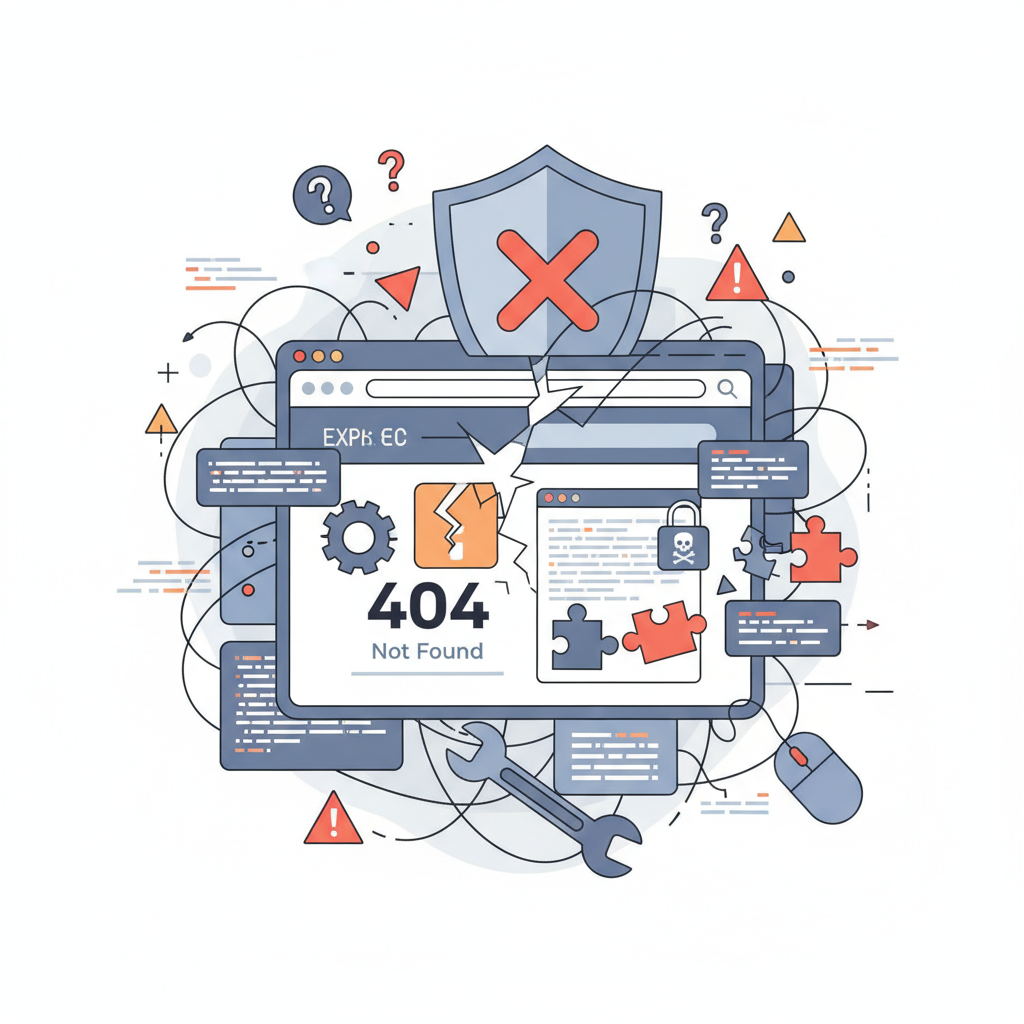Website management software is the unsung hero behind countless online experiences. Just like a perfectly tuned arcade cabinet, smooth-running software ensures a flawless user experience. However, glitches and bugs can unexpectedly derail even the best-designed websites, leaving administrators scrambling for solutions. This guide, crafted with decades of experience in navigating both pixelated perils and digital dilemmas, provides practical strategies to tackle common website management problems. This isn’t just about fixing bugs; it’s about achieving that elusive “high score” of optimal website performance. Mastering the art of Sửa lỗi phần mềm quản lý website is crucial for maintaining a successful online presence.
5 mẹo giúp bạn viết Thẻ Meta & Title hấp dẫn hơn bao giờ hết
Understanding Common Website Errors
Before diving into solutions, let’s identify the common culprits plaguing website management software. These errors range from minor annoyances to complete website outages, significantly impacting user experience and potentially SEO. Effective quản trị website relies on swift identification and resolution of these issues.
Mastering Your Website's Visibility: A Guide to Sitemap & Robots.txt

Here’s a breakdown of frequently encountered problems:
- Plugin Conflicts: Similar to incompatible arcade game ROMs, conflicting plugins can cause crashes, slowdowns, and unexpected behavior.
- Database Errors: A corrupted database is like a corrupted save file—your progress is at risk! This often results in website unavailability.
- Security Vulnerabilities: Just as retro arcades needed security to prevent vandalism, your website needs robust security to prevent hacking attempts.
- Theme Conflicts: Incompatible themes can lead to visual glitches or complete website malfunctions.
- Server Issues: Server-side problems can manifest as slow loading times or complete website inaccessibility. This is akin to a broken arcade machine – it’s not the game’s fault, but the hardware.
- Caching Problems: Outdated cached data can display incorrect information or prevent updates from showing correctly.
Practical Strategies for Troubleshooting
This section outlines actionable steps to fix some of the most common website issues. We’ll tackle everything from minor tweaks to more involved fixes:
Plugin Conflicts:
- Deactivate all plugins: Deactivate all plugins one by one, testing your website after each deactivation to identify the culprit.
- Update plugins: Ensure all plugins are up-to-date to benefit from the latest bug fixes and compatibility improvements.
- Choose compatible plugins: Select plugins known for stability and compatibility with your chosen CMS (Content Management System).
Database Errors:
- Backup your database: Before attempting any repairs, always back up your database to prevent irreversible data loss.
- Repair database: Most CMS platforms offer tools to automatically repair database errors.
- Seek professional assistance: For severe database corruption, seek help from a skilled developer.
Security Vulnerabilities:
- Regular updates: Regularly update your CMS, plugins, and themes to patch security holes.
- Strong passwords: Use strong, unique passwords for all administrative accounts.
- Security plugins: Implement security plugins to bolster your website’s defenses against malicious attacks.
Optimizing Website Performance and Preventing Errors
Proactive measures are crucial for preventing future problems. Regular bảo trì website and employing best practices can significantly reduce the frequency and severity of issues. Think of it as preventative maintenance for your digital arcade – regular cleaning and upkeep prevent major breakdowns.
Here are some key strategies:
- Regular backups: Implement a robust backup system to protect against data loss.
- Performance optimization: Regularly optimize your website’s speed and efficiency to improve user experience. This includes image optimization, caching, and efficient code.
- Security audits: Periodically conduct security audits to identify and address potential vulnerabilities.
Choosing the Right Website Management Software
Selecting the right software is crucial. The choice depends on your specific needs and technical expertise. Consider factors like ease of use, scalability, security features, and community support. Some popular options include WordPress, Joomla, Drupal, Magento, and Shopify. Choosing a stable and well-maintained platform significantly reduces the likelihood of encountering frequent lỗi website.
| Software | Pros | Cons | Best For |
|---|---|---|---|
| WordPress | User-friendly, extensive plugin library | Can be slow without optimization | Blogs, small to medium-sized businesses |
| Joomla | Flexible, good for large websites | Steeper learning curve | Larger websites, complex projects |
| Drupal | Highly secure, robust | Complex setup and administration | Large-scale websites requiring high security |
| Magento | Powerful e-commerce features | Complex, requires technical expertise | Large-scale e-commerce stores |
| Shopify | Easy-to-use e-commerce platform | Limited customization options | Small to medium-sized e-commerce businesses |
People Also Ask
What are the most common causes of slow website loading times? Slow loading times are often due to large images, inefficient code, slow hosting, or poorly configured caching.
How can I improve the SEO of my website after fixing a major error? Resubmit your sitemap to Google Search Console, monitor for errors in Google Analytics, and ensure your content is still relevant and well-structured.
My website is down! What’s the first thing I should do? Check your hosting status, then check your server logs for error messages. If this fails, contact your hosting provider immediately.
How often should I back up my website data? Backups should be performed daily, or at least weekly, with multiple backup copies stored in different locations.
How can I prevent future website errors? Regular updates, security audits, performance optimization, and a solid backup strategy are key.
Is there a way to prevent all website errors? No, completely preventing all errors is impossible, but implementing proactive strategies minimizes their frequency and impact.
What should I do if I’m facing a critical error I can’t solve myself? Seek assistance from experienced website developers or your hosting provider.
Can choosing the right website management software help reduce errors? Absolutely! A well-maintained and suitable platform significantly reduces the chance of encountering common issues.
Taking Action: Proactive Website Management
Don’t wait for errors to strike. Proactive website management is essential for a smooth, efficient, and successful online presence. Regular maintenance, security updates, and performance optimization are your best defenses against website woes. By implementing the strategies outlined above, you can significantly reduce the likelihood of encountering issues and maintain a high-performing website. Remember, a well-maintained website is a successful website!
Key Takeaway: Just like achieving a high score in your favorite arcade game requires skill, practice, and preparation, successful website management demands proactive planning and a commitment to continuous improvement. The principles of regular maintenance, diligent troubleshooting, and informed decision-making are paramount.
Troubleshooting Common Website Management Software Issues: A Gamer's Guide


Leave a Reply